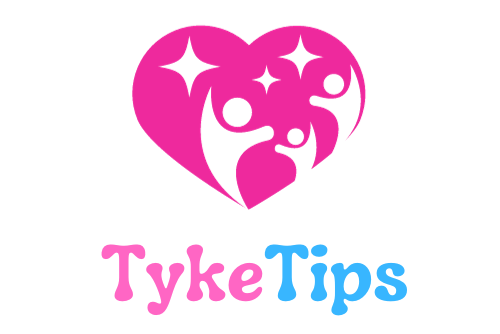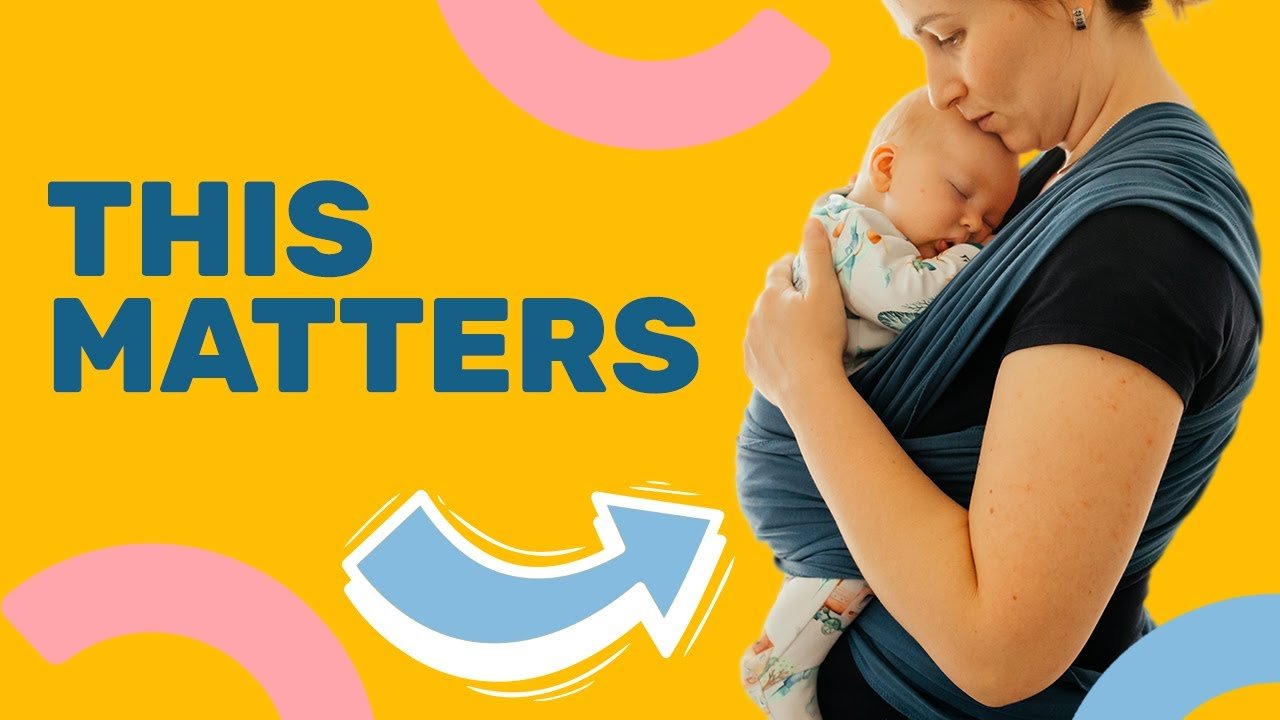“The Risks of Incorrect Baby Wearing and How to Avoid Them” is an informative article that highlights the benefits of baby wearing and the potential risks associated with it if done incorrectly. The article emphasizes the importance of following the T.I.C.K.S rule to ensure safe baby wearing, which includes guidelines such as keeping the baby tight, in view at all times, close enough to kiss, with the chin off the chest, and supported back. It also addresses the risks of suffocation and falls, stressing the need for properly fitting carriers and careful monitoring. Additionally, the article discusses the significance of maintaining proper hip development during baby wearing and the importance of incorporating floor time play for a baby’s overall development.
In a friendly and approachable tone, the article provides practical advice and expert recommendations for safe and beneficial baby wearing. It encourages parents to enjoy the numerous benefits of baby wearing, such as bonding with their baby, soothing a fussy baby, and promoting responsiveness to their needs, while being mindful of the potential risks and how to mitigate them. By following the tips outlined in the article, parents can ensure both the safety and positive impact of baby wearing on their little one’s development.
The T.I.C.K.S Rule

Explanation of the T.I.C.K.S rule
The T.I.C.K.S rule is a set of guidelines that should be followed when baby wearing to ensure the safety and comfort of both the parent and the baby. Each letter in T.I.C.K.S stands for a specific aspect that should be considered:
-
T stands for “Tight”: The baby carrier or sling should be tight and securely fastened to keep the baby in a safe and comfortable position. Loose fabric can pose a suffocation risk.
-
I stands for “In view at all times”: The baby’s face should always be visible and not covered by any fabric. This allows the parent to monitor the baby’s breathing and ensure they are safe.
-
C stands for “Close enough to kiss”: The baby should be positioned close enough to the parent’s chin that they can easily kiss the baby’s forehead. This promotes bonding and ensures the baby is within a safe distance for monitoring.
-
K stands for “Keeping the chin off the chest”: The baby’s chin should be lifted off their chest, which helps to keep their airway open and reduces the risk of suffocation.
-
S stands for “Supported back”: The baby’s back should be well-supported, with their chest and tummy against the parent’s body. This helps maintain a healthy posture and reduces strain on the baby’s spine.
By following these guidelines, parents can ensure that their baby is secure, comfortable, and at reduced risk of any potential dangers associated with incorrect baby wearing.
Benefits of following the T.I.C.K.S rule
Following the T.I.C.K.S rule offers several benefits for both the parent and the baby. Some of these benefits include:
-
Safety: By following the T.I.C.K.S rule, parents can minimize the risks of suffocation and falls, which are common dangers associated with incorrect baby wearing.
-
Bonding: Baby wearing allows for close physical contact between the parent and the baby, promoting bonding and attachment. Following the T.I.C.K.S rule ensures that this bonding experience is safe and comfortable for both parties.
-
Convenience: Baby wearing provides parents with the opportunity to free up their hands while still keeping their baby close. By adhering to the T.I.C.K.S rule, parents can carry out daily tasks with ease and without compromising their baby’s safety.
-
Soothing: The close physical contact and movement experienced during baby wearing can help soothe a fussy baby. Following the T.I.C.K.S rule ensures that the baby is in a secure and comfortable position, enhancing the soothing effect.
-
Breastfeeding: Baby wearing can facilitate breastfeeding, as it allows for easy access to the breast while providing support for the baby. The T.I.C.K.S rule ensures that the baby is properly positioned for successful breastfeeding.
-
Development: Baby wearing, when done correctly, can support the baby’s physical and cognitive development. The T.I.C.K.S rule emphasizes maintaining a proper posture and hip position, which contributes to healthy development.
Importance of each aspect of the rule
Each aspect of the T.I.C.K.S rule serves a crucial purpose in ensuring safe and comfortable baby wearing:
-
“Tightness” ensures that the baby is secure in the carrier or sling, minimizing the risk of falls or suffocation due to loose fabric.
-
“In view at all times” allows parents to monitor their baby’s breathing and quickly respond to any distress signals.
-
“Close enough to kiss” promotes bonding and allows for easy communication between the parent and the baby.
-
“Keeping the chin off the chest” prevents the baby’s airway from being restricted, reducing the risk of suffocation.
-
“Supported back” maintains a healthy posture and reduces strain on the baby’s spine, allowing for proper development.
By understanding and implementing each aspect of the T.I.C.K.S rule, parents can create a safe and nurturing baby wearing experience for themselves and their little ones.

